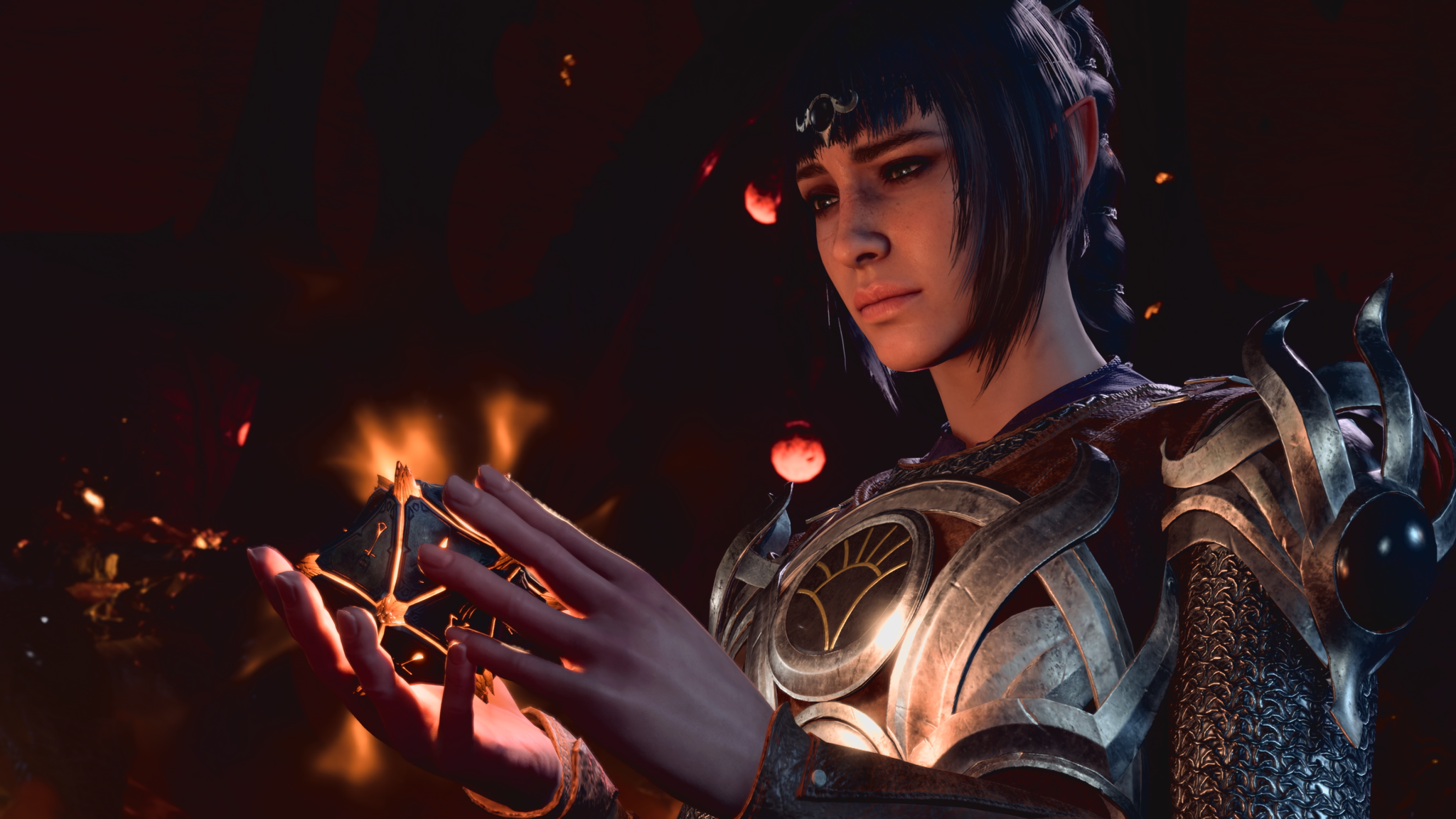5 games similar to Baldur’s Gate 3
Baldur’s Gate 3 has been the runaway success of the last year, sweeping up awards across the board from the Game Awards to the BAFTA Games Awards most recently. Plus, they’re nominated in several categories at our own Gayming Awards. But what happens when you complete Baldur’s Gate 3? Where do you go next?
If you’re new to the CRPG (Computer Role Playing Game) genre and Baldur’s Gate 3 has light a fire for more turn-based roleplay, or if you’re a master of the genre looking for your next fix, here’s our list of the 5 best Baldur’s Gate 3 alternatives.
There’s obviously loads of games like BG3 out in the world, but we prioritized those with similar game play style that fit squarely in the CRPG genre. If we missed your favorite, share it in the comments so everyone can try it out!

Pillars of Eternity
Released in 2015, it’s fair to say that Pillars of Eternity revitalized the CRPG genre. It’s a vast game that offers excellent writing and can be shaped to how you want to approach the genre. There’s plenty of companions, side-quests and uses tactical real time combat with a pause system alongside a slow combat speed option.
Unlike Baldur’s Gate 3, the setting is completely original and not based on a D&D universe. The way Obsidian has built out a complete game world and ruleset from the ground up is truly masterful.

Pillars of Eternity II: Deadfire
After the hugely successful Pillars of Eternity, it was no surprise to see a sequel coming out in 2018. Where the first edition of Pillars was considered to be a love letter to the Baldur’s Gate school of classic CRPG, the second edition Pillars of Eternity II: Deadfire strikes a bold contrast and forges its on path forward with the setting that feels like the game was taking place in a completely different world from the first, despite the fact it stars the same Watcher of Caed Nua character we originally played as in Pillars 1.
Turn-based mode is an alternate mode of combat in Pillars of Eternity II: Deadfire. It reworks the games existing combat mechanics to function in a turn-based style of play (like that of Divinity: Original Sin, for example) instead of one that is real-time as the game is more traditionally known.
While you could easily jump straight into Pillars II, we recommend playing them in order as there will be times where dialog relies on you knowing the events of the first game. A summary is given at the start of the game, but it is a long read and it can be hard to keep track of all the lore being thrown at you.

Divinity: Original Sin
Released in 2014 from Larian Studios, the familiarity and nostalgic charm is huge here given that the game comes from the same stable that Baldur’s Gate 3 emerged from years later.
Like BG3, Divinity: Original Sin uses the same type of combat style and the same concept of ability points to complete actions such as attacking or changing equipment. The overarching storyline is familiar yet ambitious along with a nice dose of humor to help lighten the heavier moments.
Much of the appeal of Divinity: Original Sin can be found the assortment of side quests the pepper the main the story line. They feature more humor and even some subtle pop-culture references, plus a healthy dose of conflict with NPCs built into the text-based responses to quests. These little spats, while easily settled, can give stat boosts or disposition gains, as well as providing a welcome diversion for your main characters.

Pathfinder: Wrath of the Righteous
Where Baldur’s Gate 3 is more polished, Wrath of the Righteous is considered by many to be the overall better CRPG. Released in 2021, WotR is made by Owlcat Games and where BG3 is based on Wizard’s D&D, WotR is based on Paizo’s Pathfinder tabletop RPG.
Like Pillars of Eternity, WotR uses an isometric perspective that allows for real time with pause play and turn based combat, so you can play it more like a modern RPG or harken back to the old days, whichever you prefer.
Wrath of the Righteous does a great job in adapting its source material, it strives to get as close as possible to the real experience of playing Pathfinder, specifically the first edition of that game and its famous Adventure Paths. Some would argue a bit too close at times with the sheer volume of classes, subclasses and feats which are daunting for a player who isn’t familiar with the system.
Where BG3 is a really strict adaption of the world of D&D and its rules & mechanics, WotR lets you decide just how much of a faithful recreation of tabletop gaming you want in your video game.

Dragon Age: Origins
What would a list of Baldur’s Gate 3 alternatives be without an honorable mention Dragon Age: Origins? Released in 2009 by BioWare, it was the spiritual successor of the early Baldur’s Gate games also by BioWare before Larian took over the reins to return us to the titular city.
With the well established setting in place alongside the D&D play style, Baldur’s Gate 3 and Dragon Age: Origins feel like twins despite the 14 year age gap between the two. Both titles bring to life the vibrant and detailed worlds they’re set in with companions and enemies galore brought to life through conversations with full animation.
While Dragon Age: Origins isn’t turn-based, it does feature classic CRPG real time combat with the play pause style. However, in true PC gaming style, you bet there’s a mod to make Origins turn based!
What do you think of the list? Have we missed your favorite? What would you recommend to someone looking to try something new after Baldur’s Gate 3? Let us know in the comments!








I am really surprised that Solasta: Crown of the Magister was not mentioned. Not only does it use the D&D 5e ruleset, but it is actually even more faithful to the rules despite being restricted to the SRD.